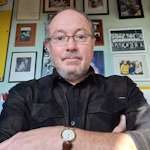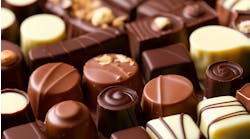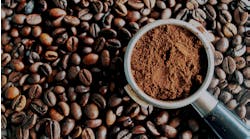Shutterstock
Chemistry History Lesson: From Anti-Plague Elixirs to a Precious Nose That Wasn’t
Sept. 6, 2024
Shrouded in Secrecy
As for the experiments themselves, the quantity of raw materials used and the processes they were subjected to were closely guarded and extremely lucrative secrets.
This brings us to current news: Danish scientists have now shed some light on the chemical substances Brahe kept secret in a recent article in Heritage Science (DOI: 10.1186/s40494-024-01301-6).
Fragments of glass and ceramic ware retrieved from the remains of Brahe’s now-demolished laboratory and analyzed using laser ablation inductively coupled plasma with mass spectrometry (LA-ICP-MS), a technique capable of highly sensitive elemental and isotopic analyses.
Four of the elements, copper, antimony, gold and mercury, are in accordance with reconstructed recipes of Paracelsian medicines for which Brahe was famous.
Enriched levels of these elements, plus tin and zinc, have been found on both the inside and outside of the shards. The mystery element is tungsten.
"Tungsten had not even been described at that time, so what should we infer from its presence on a shard from Tycho Brahe's alchemy workshop?" asked Kaare Lund Rasmussen, professor emeritus and expert in archaeometry, from the Department of Physics, Chemistry and Pharmacy at the University of Southern Denmark.
One theory is that Brahe unwittingly isolated the element while processing its mineral sources for use in his recipes — 180 years before Swedish chemist Carl Wilhelm Scheele is credited with describing and producing it.
Another, from Lund Rasmussen and admittedly unsupported by any evidence, is that Brahe might have heard about the work of German mineralogist Georgius Agricola in the first half of the 1500s.
Agricola described something strange in tin ore from Saxony, which caused problems when he tried to smelt the metal. He called this strange substance "Wolfram," German for Wolf's froth. Wolfram was later renamed tungsten in English, but the W stuck.
Perhaps Brahe was on its trail.
More Clues from Brahe Himself
However, Lund Rasmussen has cleared a couple of Brahe-related metallic mysteries. His analysis of the alchemist’s beard and bones following a 2010 exhumation found mercury levels weren’t abnormally high — settling the rumors that Brahe had been poisoned, possibly by jealous fellow astronomer Johannes Kepler.
At the same time, greenish stains around the nasal areas of Brahe's corpse contained traces of copper and zinc, indicating that his prosthetic nose was made of brass and not silver or gold, as many believed.
As usual with Brahe, details are sketchy on how he lost his nose, but it seems likely it was severed in a drunken sword fight with a cousin.
Sponsored Recommendations
Sponsored Recommendations



